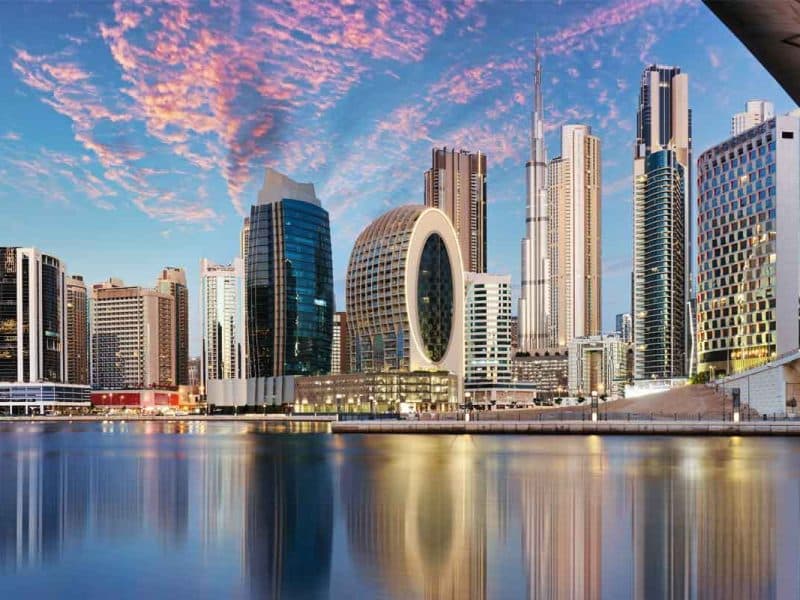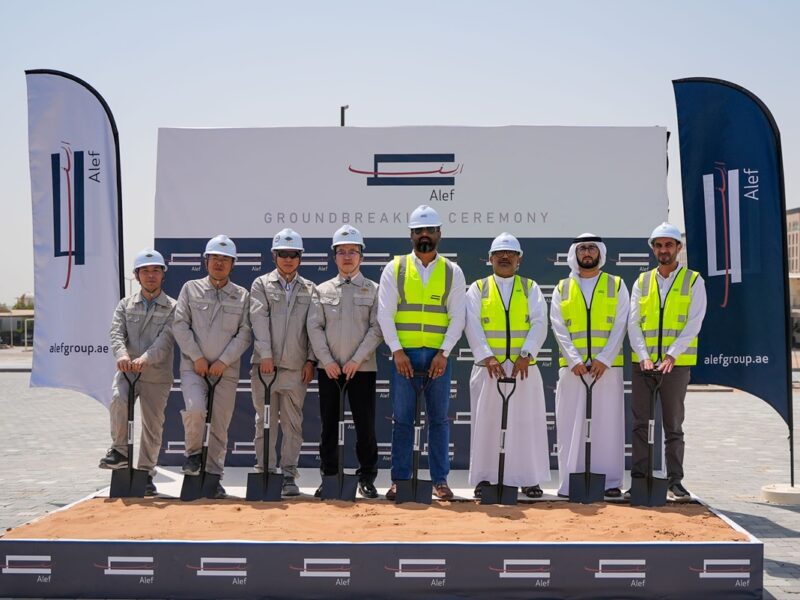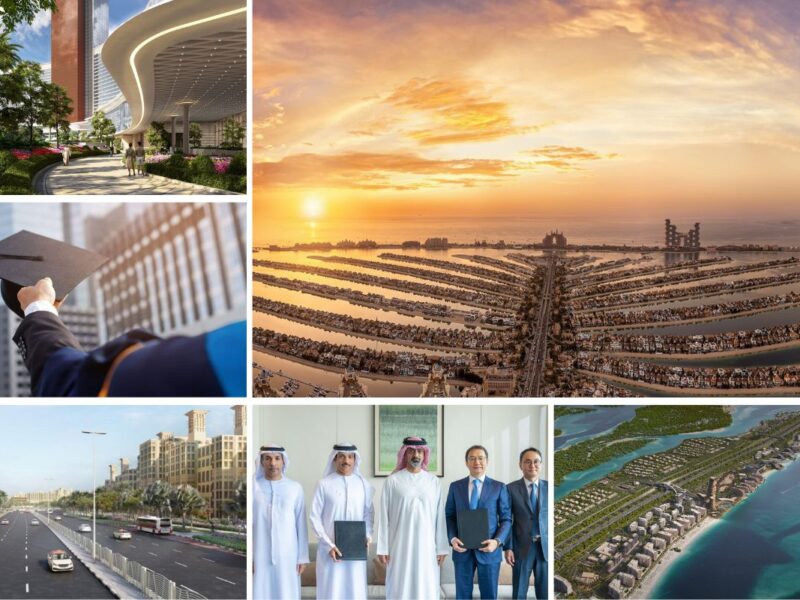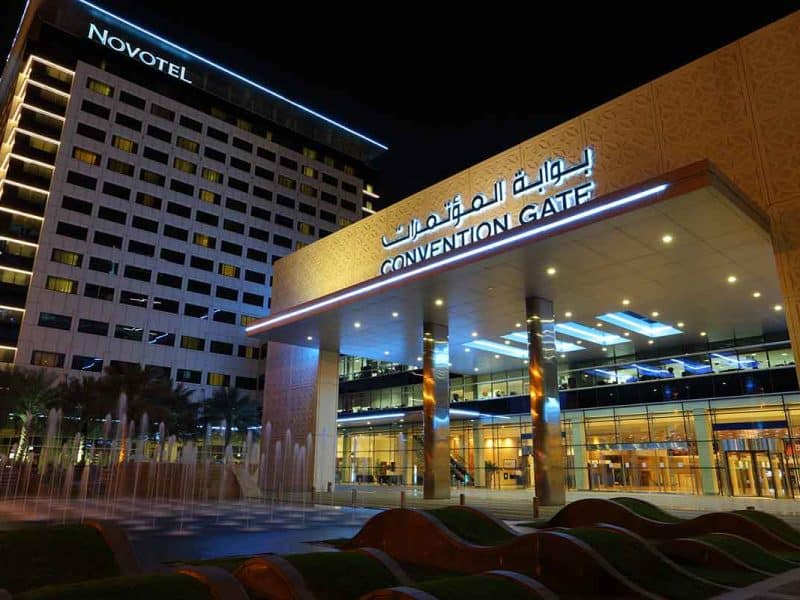Is the regional refining and petrochemical industry poised for greatness? Evidence and analysis point to success, if the industry can stay on course.
The Gulf’s approach to oil is changing. It is no longer enough just to ship crude overseas and take the money. To develop the petro economy, countries in this region are looking at how they can add value to their natural resource.
State organisations are backing this with cash. Just last year Sabic paid US $11 billion for GE Plastics, turning it into Sabic Innovative Plastics and immediately benefiting from GE’s established distribution network and market development systems.
Expansion is going on throughout the value chain and there is stiff competition to attract investment dollars. The key to winning is access to feedstock.
All the contactors are completely overworked and there are more projects than they can deal with.
This need is generating investment at the refinery end of the chain. Between 2005 and 2011, OPEC projects, either already under construction, being planned or under consideration, total 5.9 million barrels per day (bpd) of expanded refining capacity.
The accumulated investment required for the realisation of these projects, based on the estimations by a number of unaffiliated secondary sources, would amount to around US $66 billion between 2006 to 2011. OPEC understatement describes this as ‘the market heading into a phase of significant development’.
Saudi Arabia is the Gulf’s petrochemical kingpin. The United Arab Emirates, Qatar and Kuwait join the Kingdom to make up a quartet of nations that will dominate the petrochemical industry as the region’s players go global.
They are on the hunt for investors to help them do so, but it’s not just a question of funding, they want access to technology and expertise.
Joint ventures, such as Borouge – a 60/40 partnership between Adnoc and Europe’s Borealis – may demonstrate the model needed in the future, one that joins European expertise with local feedstock availability, to target markets in Asia.
Construction and feedstock”In the long term, there may be constraints on feedstock,” said Abdullah Bin Zaid Al Hagbani, secretary general of the Gulf Petrochemicals & Chemicals Association (GPCA).
“In Saudi Arabia, the numbers are impressive in refineries, but we’ve always believed long term that there may be constraint on feedstocks.
Hagbani believe some of the newcomers in some parts of the Gulf will look to develop new forms of feedstock, but to do that they will need new technology.
Whether they develop these or not, expansion of feedstock supplies and other aspects of the industry will need huge levels of capital investment.
“Everybody recognises that petrochemicals and the associated refining industries are key to growth in the Middle East,” said Shaheen Chohan, director of market insights for Contax Group, which monitors large capital expenditure projects in the region.
Between now and 2010 in the Middle East there will be just short of US $1.2 trillion investment in capital projects. A large percentage of that will be spent on infrastructure and the core market of energy.
“So in this period we see an additional US $391 billion dollars worth of energy related projects. The US $391 billion planned capital expenditure in GCC energy-related projects is an 80%, or US $174 billion, growth from the US $217 billion energy-related capital expenditure seen over the 2005-07 period.
“The three biggest growth sectors are refining, power and petrochemicals.
They contribute around 85% of the US $174 billion growth over the 2008-10 period: 44% of growth will come from increased refining project investments, 21% from power sector projects, and 19% from petrochemical projects.
“Planned refining project investments will grow by an amazing 980% between the 2005-07 and 2008-10 periods. Planned power and petrochemicals capital expenditure will each grow by 80% between the two periods.
Most of that investment – 45% – is happening in the Saudi market, 26% in the UAE and after that it is Kuwait and Qatar. These are the main powerhouses for this investment. “These are mind boggling numbers,” said Chohan.
“Just in Saudi Arabia, they have 2600% growth in refining project investment (from 2007-2008). Nearly two-thirds (64%) of planned GCC petrochemical investments during 2008-10 will be in Saudi Arabia.
“You start to see that Saudi Arabia is where the real focus of the petrochemical sector is going to be going forward.” Chohan cites access to cheap feedstock as the primary reason for this. In the past the industry has been focused in North America and Europe.
“Now, what we see is a huge global shift away from those mature markets into developing regions,” said Chohan. “The reason is feedstock advantage.It’s 66% cheaper to make high-density polyethylene feedstock here than in Europe. Another primary feedstock is ethylene, where there is a 160% cost advantage.
“While cost of building refineries has trebled since 2002, it is still drastically cheaper here, in terms of building things, than anywhere else in the world. We still have great cost advantages.
There are some challenges to making this staggering growth come to fruition. There is volatility around the creation of new feedstock and much of what is coming on line has already been allocated.
If [a company] has an allocation of feedstock, they have more bankers around them than flies around honey.
With demand coming from other sectors, including the power sector, there is not enough to meet demand. This is making the companies involved think resourcefully.
“I think Sabic is at the forefront of looking at innovative strategies,” said Chohan. “It has a great focus on joint venturing with leading class chemical players, Dow for example. Sabic identifies partners with world class technology products and one of the most critical things for the region will be looking at how it can bring in new technology providers.
According to research from Contax, the construction peak was expected in Q3 2008, when construction activity comes to a head. Chohan has revised this expected peak due to project delays, which means the curve has shifted by 5 quarters to Q4 2009.
“The contractor landscape is facing unprecedented change,” he said. “All the contractors are completely overworked and there are more projects than they can deal with. Getting access to a tier one contractor is now difficult.
The contractors are really cherry picking who they want to work with. Access to financing the projects is not so much of a challenge, large investment banks are providing liquidity.
Markets, capacity and pricing
This level of investment is not likely to go unnoticed in world markets. Furthermore it is causing a significant shift in the structure of the marketplace according to Pat Rooney, managing director of Chemical Market Associates (CMAI), a consulting company.
“In the basics of the business, if you look 15 years ago, 75% of all base materials produced were in the US or Western Europe, with 20% in Asia, more than half of which was Japan,” he said. “If you look forward to 2010, that 75% reduces to 35%.
Now, 40% of all basic chemical and plastics capacity is in Asia and another 20% is here in the Middle East, roughly two thirds of which is in Saudi Arabia.
Rooney said Saudi Arabia acted early to get itself ahead of the game and take advantage of the hydrocarbon resources to hand. Among these was heavy government investment in the Yanbu and Jubail industrial cities, running into the tens of billions of dollars.
“What has happened, especially in Jubail, is that in our business you see economic areas of development that are self sustaining – Houston, Rotterdam/Antwerp, to some extent Singapore,” said Rooney. “The other place that has really emerged is Jubail.
“In terms of methanol, it’s a bunch of different facilities that account for 15% of the world methanol supply, 11-12% of the world ethylene supply and 15% monoethylene glycol.
Rooney estimates capacity in the region to be 15 to 20 times more than is required by local consumption, depending on the material in question. “We’re not talking about satisfying the Gulf needs,” he said.
“In 2010 the GCC plus Iran will throw out enough capacity to supply the new needs of the entire world. Frankly, the industry has not been through this before. We’ve never had so much capacity coming from one region that has to be exported.
Our view is that it is bound to cause dislocation in the global market. The place it is already being felt is the first place that stuff will ship and that’s Asia.
“By August or September, the reaction will get pretty emotional. We may see calls in the [Asian] press for trade sanctions against Middle East products, talk of unfair competition and dumping. It won’t surprise me at all.
The guys out here have the cost structure to move this stuff anywhere in the world. There will be four or five companies [in Asia] who will struggle to make cash.
At that point they will look at alternatives, such as idling assets, shutting assets down or cutting production rates back, to try and maintain some sort of order in the market. We think 2009-2010 we are likely to see period of consolidation in the petrochemical industry, with asset slowdowns in Asia and North America.
Plenty of trade in Asia is internal. For instance, Korea and Taiwan supply huge amounts of polyethylene to China. Rooney speculates that these countries will struggle to compete with product from the Middle East.
The guys here can make the price whatever they want and still be financially fine,” he said. “They’ll let someone else set the market, all they need is to keep one or two of those [competitors] alive and pitch in at US $20-40 under.”
Rooney also expects to see an increase in local competition. While traditionally state-owned petrochemical companies have effectively had a monopoly there are signs in Saudi Arabia of the rise of private sector investment.
The development looks to be focused on developing an export oriented industry for plastic products or sub-assemblies and Rooney predicts there may be some big corporate moves in that area over the next few years.”We have a number of clients who are converters of plastic,” he said. “We will see big moves from converters who can make stackable shippable stuff. No one is acknowledging it, but there’s a race going on.
Countries are racing for foreign direct investment in these downstream conversion industries and forging the next great chemical hub. The race is between the Saudi Arabia, Qatar and the UAE.
“The guys here [in the UAE] are very competitive, they are going to be just fine. Besides zero tax, they are truly quite investor friendly. With what we’ve seen them do on the chemical front, they’ve taken a very measured approach and have done and are doing extremely well.
The gulf’s approach to oil is changing. it is no longer enough just to ship crude overseas and take the money.
The key attraction for investors will be the margins available; Rooney offers a rough estimate of US $500 per tonne at current rates. Although there are challenges and capital costs are rising, there is still plenty of incentive for investors.
“Capital costs could double and there would still be a race to invest,” said Rooney. “If [a company] has an allocation of feedstock they have more bankers around them than flies around honey.
Technology and knowledge base
Attracting money is not the only part of the equation. As mentioned, the right technology is required too. Local industry wants to get that as part of any investment deal from large European interests, where technological advances have included efforts to make the industry more environmentally friendly.
“We are developing end products that allow customers to reduce their CO2 footprint, performance fuels and new lubricants are both important drivers in downstream technology,” said Jan Van Der Eijk, chief technology officer for Shell.
Also, further reducing sulphur content in fuels and generally trying to develop more environmentally benign fuels.
“There is a significant effort in digesting heavier crude in our refineries. This is because we are moving between what people called ‘easy oil’ – this isn’t the case, there’s never been easy oil and gas – that’s essentially oil with an easy composition, and now we’re moving to more oil with higher acidity.
So there’s a tremendous effort within the industry to improve technologies to convert this feedstock to cleaner products. That’s a major drive.
“For many years, the downstream sector has been viewed as a very mature industry, but now the concerns about our planet are giving a great impetus to how we develop new technology to deal with these challenges,” added Van Der Eijk.
While a possible scarcity of feedstock is a factor in these developments, Van Der Eijk says that is not the exclusive reason.
“What I have mentioned above are the technology developments, and these run slightly ahead of the actual situation, so we are preparing ourselves to be best equipped for the future.
Governments in the region are very keen to build a knowledge base, and through partnerships with the governments of the Middle East and the universities, Shell can be a partner in achieving that.
Van Der Eijk says building a knowledge base has to start with aspiration, something he can see in the Middle East. “Something I’ve definitely noticed is that governments here in the Middle East have a strong aspiration backed up by the financial resources to make that a reality,” he said.
But it has taken the American and European market leaders a very long time to build the knowledge base and skill sets with their staff, and that’s not something that can be replicated overnight.
“It’s not a simple journey, and it will take time, but that is understood here and they have an international outlook.
Such development cannot happen in a vacuum and the governments and companies in the region are looking to do this in conjunction with international companies, invite them in and be part of that process. I’m sure that it can be done and it will be done, it just takes time.
A good example is Singapore, which started this journey a while ago but it proves it can be done, and now they are climbing that ladder very fast.”
Fast forward
From the refinery door to the end user the refinery and petrochemical industries are growing. It is clear that countries in the Middle East – especially Saudi Arabia, the UAE, Qatar and Kuwait – are perfectly placed to take advantage of this.
They control the feedstock, have welcoming investment environments and are keen to build industry knowledge. Sources of finance are ample while the potential margins remain high and players who can secure access to feedstock are likely to have plenty of offers.
The only real question is will there be enough feedstock made available to go around?








